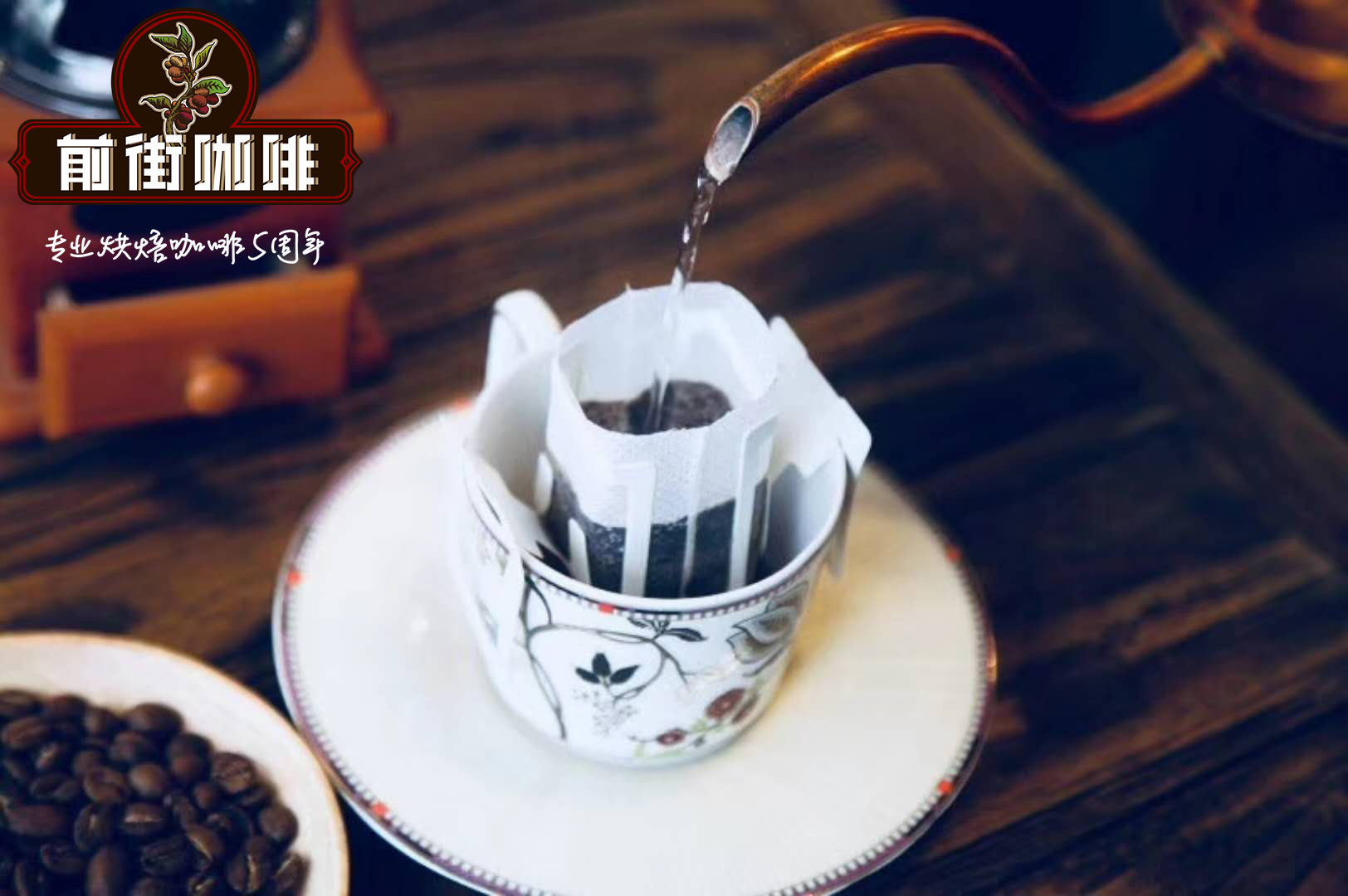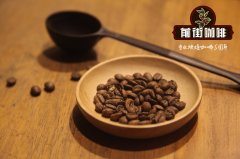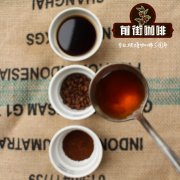Does Java coffee belong to Manning? is mocha Java mixed with coffee beans? does Java coffee taste good?

History
Coffee was introduced to the entire island of Indonesia by the Dutch in the 1600s and first exported by the Dutch East India Company in the early 1700s: Java is the first island to grow coffee and has a long history of growing plants on the island. Land is part of the reason why coffee is often called "java". Large Dutch-owned plantations are the norm, and workers and natives suffer economically and politically under colonial rule: the 1860 novel Max Havelaar: or the Dutch Trading Company's Coffee auction outlines many ways in which the Dutch government and landowners abuse and oppress the Indonesian people, particularly in Sumatra and Java. Poverty, hunger and poverty are prevalent among coffee workers and indigenous communities.
In the 1860s and 1870s, the epidemic of coffee leaf rust caused the coffee market in Indonesia to plummet and caused the Dutch to abandon many estates. With the collapse of the plantation, workers occupied small plots of land and eventually replanted most of the old Arabica coffee from Robusta coffee and more disease-resistant hybrids. The redistribution of land has led to the dominance of small farmers on the island, which has existed ever since. Overall, Indonesia is the fourth largest coffee producer in the world, and although Java was once a powerful producer and a major producer of the world's most sought-after suppliers, it is still a long way from the top status of the country. On a global scale.
Java coffee is famous for its simplicity, delicacy, slightly botanical or herbaceous nature, partly because of the mixture of climate and cultivated varieties, but also due to specific postharvest processing styles, that is, wet shelling or local well-known like Giling Basah, give these coffees many unique qualities.
Mocha JAVA
One of the most famous and misunderstood terms in coffee is "mocha Java", which historically refers to a mixture of Java and Yemeni coffee beans. Yemeni Coffee has long been known as "mocha" after the main ports, alternately spelled "Mokha", "Mokka" and "Mocha", as well as other variants. The dark chocolate and wine-flavored berries of Yemeni coffee are considered to be the perfect complement to this coffee. Javanese configuration file, with complex functions. However, throughout the century, the words "mocha" and "java" have been popularly used in other coffee-related terms, causing great confusion among today's consumers. Today, mocha is used to describe a drink made of espresso and chocolate, dating back to the famous chocolate features of Yemeni coffee. And "java"
Coffee shop import + JAVA
Indonesia is a fascinating and diverse country of origin and a complex area of work: although most of the coffee on the island is produced by smallholder farmers, there are still four to five major industries. not only accounts for a large proportion of coffee production (about 4000 hectares), but also includes most of the collection and processing. Small farmers often sell cherries to the manor, which will be graded and mixed and sold in the name of the manor.
In the past, we purchased goods directly from one of the estates and continued to seek a direct relationship of origin and contact with a number of ongoing projects and developing relationships. However, we currently do not provide any coffee of origin from Java, but purchase large quantities of coffee based on the quality and characteristics of the cup, with poor traceability.
Brief introduction of producer
Typical farm size-1 mi 5 ha (small farmers), 500 + ha per ha
Introduction to Coffee
Growing area-Yizhen Plateau
Common varieties-Ateng,Catimor,Tim Tim,Typica
Processing method-wet shelling (also known as Giling Basah)
Bag size-60kg
Harvest time-July to September
Typical arrival-November-December
Important Notice :
前街咖啡 FrontStreet Coffee has moved to new addredd:
FrontStreet Coffee Address: 315,Donghua East Road,GuangZhou
Tel:020 38364473
- Prev

Hawaiian Coffee cultivation History Hawaiian Kona Coffee Why is it so expensive compared with the Conabi Blue Mountains
The only commercially grown coffee in the historical United States of America is also located in its most remote states, collectively known as Hawaii, which joined the alliance in 1959 and became the last state to merge. However, its coffee history goes back further: in 1813, the first plants were brought to Oahu, although sugar as an agricultural product for farmers far exceeded coffee. At 1820
- Next

Peruvian Sky City Holy Valley Coffee Flavor characteristics Rainforest Alliance certified boutique coffee good
Sky City Holy Valley boutique other certifications: UTZ sustainable farming certification, Rainforest Alliance certified varieties: 100% Arabica (Tibica Typica, Mundo Novo) country: Peru: 13.5 Nueva Luz S, Cusco Manor: Coabachayoc planting altitude: 1400 m harvesting method: manual mining treatment method: washing method raw bean density: 918
Related
- Detailed explanation of Jadeite planting Land in Panamanian Jadeite Manor introduction to the grading system of Jadeite competitive bidding, Red bid, Green bid and Rose Summer
- Story of Coffee planting in Brenka region of Costa Rica Stonehenge Manor anaerobic heavy honey treatment of flavor mouth
- What's on the barrel of Blue Mountain Coffee beans?
- Can American coffee also pull flowers? How to use hot American style to pull out a good-looking pattern?
- Can you make a cold extract with coffee beans? What is the right proportion for cold-extracted coffee formula?
- Indonesian PWN Gold Mandrine Coffee Origin Features Flavor How to Chong? Mandolin coffee is American.
- A brief introduction to the flavor characteristics of Brazilian yellow bourbon coffee beans
- What is the effect of different water quality on the flavor of cold-extracted coffee? What kind of water is best for brewing coffee?
- Why do you think of Rose Summer whenever you mention Panamanian coffee?
- Introduction to the characteristics of authentic blue mountain coffee bean producing areas? What is the CIB Coffee Authority in Jamaica?

